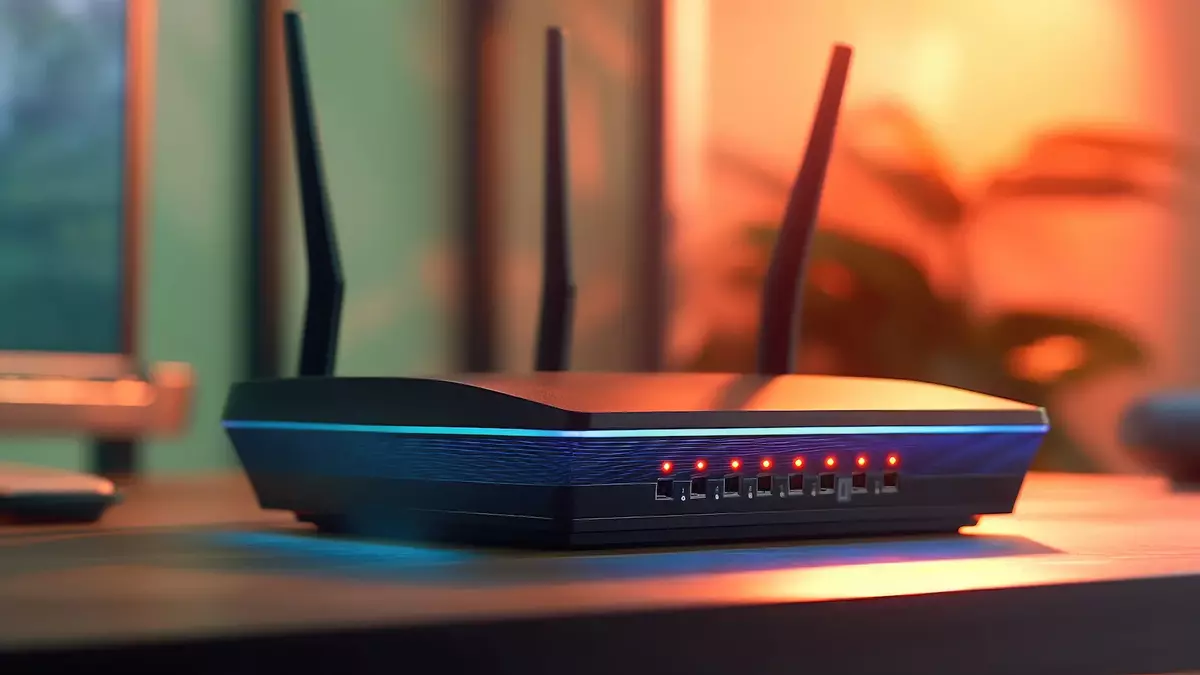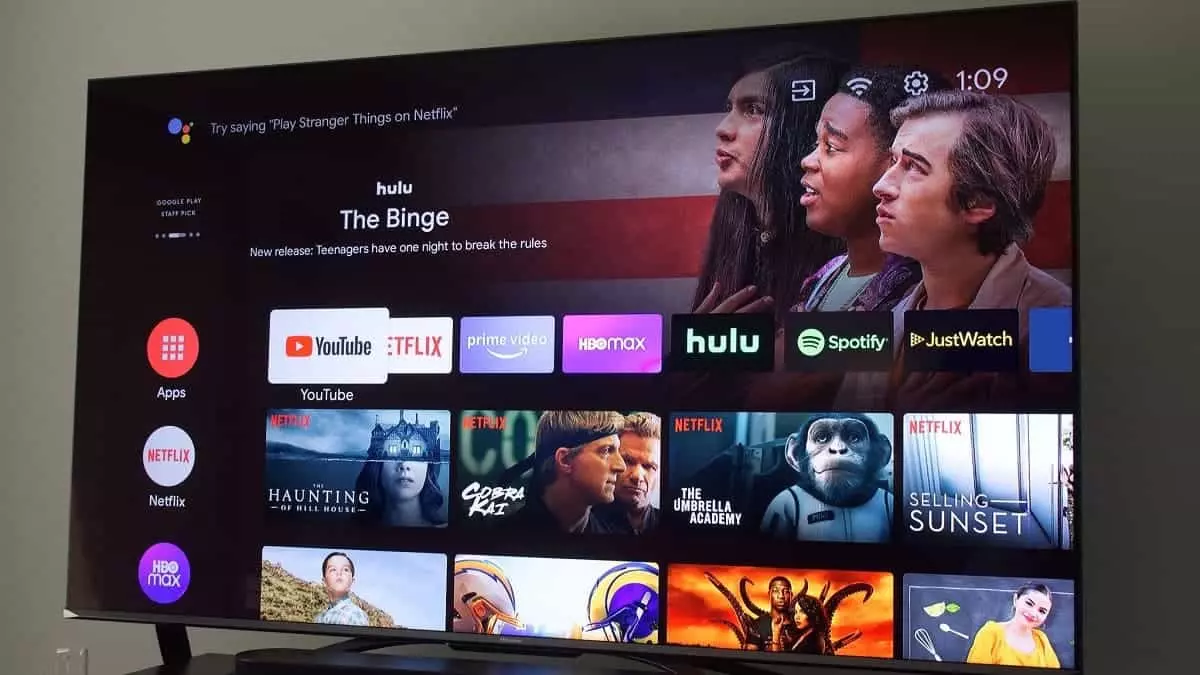Sometimes it’s not advisable to connect an Android TV to the Internet through cable. It depends on other factors that we explore in this article. The main question when dealing with an Android TV is what series or movie to watch. However, there are some practical questions about how to use the device. For example, how to use the Internet connection in Android TV, wheter via WiFi or through an Ethernet cable from the router.
There is no one-size-fits-all answer. There are several factors and conditions that may affect the connectivity and each case is unique. In this article we explore the advantages and disadvantages of connecting an Android TV to the Internet using WiFi and Ethernet cable and how to choose between them.

Android TV to the Internet, when Ethernet is not the best option
As a general rule, a cable connection is usually the best option for connecting to the Internet. Not only in Android TV but also in any other device such as mobile phones and computers the cable connection tends to be faster and efficient. However, sometimes it’s not the case. Connecting an Android TV to via cable can be a bad idea due to the limitations of the network cards in televisions. In high-end range of televisions you will find advanced cards that allow a connection of up to 1 Gbps or even more, but that’s not always the case.
Most manufacturers opt for network cards which limit the spped to 100 Mbps. Even though it’s not a slow connection, but it can feel underutilized, especially when considering most home Internet plans that offer at least 300 Mbps.
Even so, it’s undeniable to consider the advantages of a cable connection over WiFi. While the speed might not be on par, cable connections are much more stable since cables are less prone to interruptions, and they are also more secure in terms of external intervention.
WiFi connection, more speed but different drawbacks
If the wired connection largely depends on the TV’s network card, the same happens for a WiFi connection. In this case, it depends not only on the TV’s WiFi standard but also on the quality of the router. However, given the typical orientation of a TV, it’s not essential to have WiFi 7 or even WiFi 6.
The pros of connecting the Android TV using WiFi is that you don’t require the television to be close to the router. It also looks much better aesthetically with invisible signals rather than a cable. In addition, when considering the above mentioned limitations of network cards for cables, you can get much more speed by using WiFi connection.
The speed issue is not insignificant. While a TV may not need as much speed as a mobile phone, certain levels of bandwidth are necessary to view content at the highest possible resolution as well as performing downloads without excessive slowdown.
Anyway, the drawbacks of WiFi connections apply to Android TV as well as other devices. The main problems include latency, potential disruptions of unstable signals or loss of bandwidth due to many connected devices at the same time.
This last situation can be pretty frustrating, especially when consuming live content. It’s also a drawback in terms of security and privacy because Android TV can be hacked and WiFi may offer more opportunities for this than a cable connection.
Simplicity is always the most important feature
As a conclusion, there’s a factor that should be taken as the most relevant when connecting to the Internet: the location of the router and the television. Typically, the television is in the living room or even on the same piece of furniture as the router. If the two devices are close to each other, you can choose the type of connection easily. You won’t need hard maneuvers or stretching cables to connect the TV and the router. In case you prefer a WiFi connection, you must make sure that the signal is strong enough.
However, the situation changes if your TV is in a different room or even in the same room with a significant distance. If you want to connect the TV via Ethernet, you will require a long cable that runs through the house. Even if you use a conduit or something similar, it’s not the most aesthetically solution. The cable solution may not even be worth it if you want t keep your living room stylish.
To sum up, the distance from the router to the TV not only complicates a wired connection but could also result in a weak WiFi signal and, as a result, slower speed. In this case, you might need to resort to classics like a WiFi signal booster, although if you don’t have one, it will require an additional expense.

